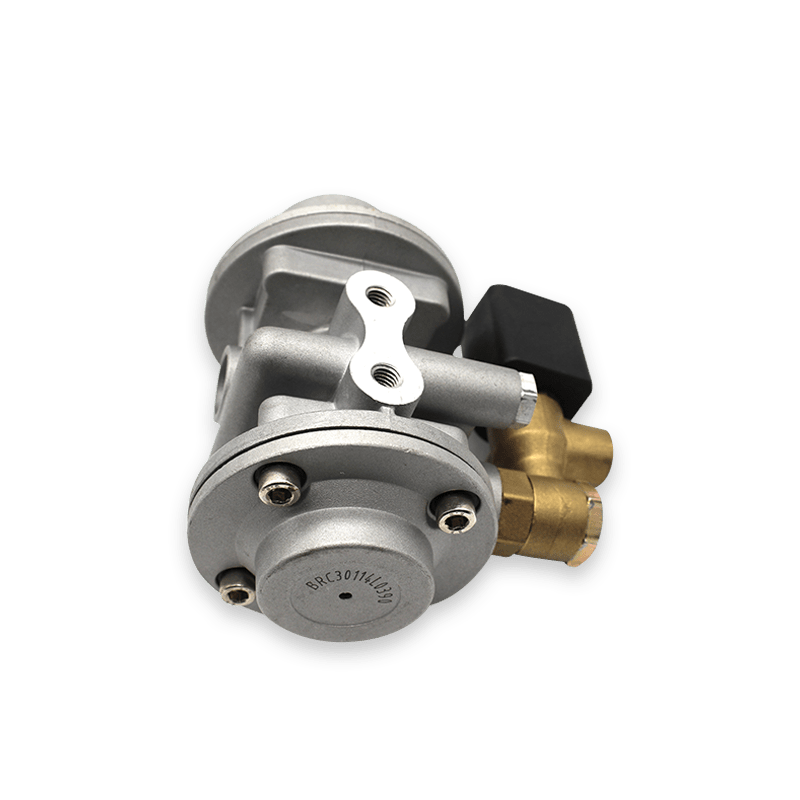
4, we discuss the Wald Sequential Probability Ratio Test (SPRT), which has optimal properties for testing two simple hypotheses. 3, more general results about estimation of expected values are presented. 2, we discuss estimation of the parameters of a binomial distribution. In this paper, we present sampling procedures that attain the desired objectives. Both precision in estimation or small error probabilities in testing depend on the statistics used (estimators or test functions) and on the sample size. It is desired that both types of errors will occur simultaneously with small probabilities. Type II is that of accepting a wrong hypothesis. Type I error is the one committed by rejecting a correct hypothesis. We distinguish between two types of errors. Hypotheses which are not accepted are rejected. In testing hypotheses, one has to decide which one of two or several hypotheses should be accepted. In estimation of parameters, the results are precise if, with high probability, they belong to a specified neighborhoods of the parameters. Estimating the values of parameters, or testing hypotheses concerning the parameters in either kind of inference, we are concerned with the accuracy and precision of the results.

We discuss two kinds of parametric inference. A statistical inference is based on statistics of a given sample. Statistics are functions of the data in the sample, which do not involve unknown parameters. Download scientific diagram Probabilistic model of the 2-stage sequential screening algorithm using urine cytology followed by BKV serum quantitative PCR. A random sample is a sequence of independent and identically distributed (i.i.d.) random variables. In parametric inference, we model the results of a given experiment as realization of random variables having a particular distribution, which is specified by its parameters. In the present paper, we discuss parametric inference. One type is called parametric and the other type is nonparametric. When sequential experimentation is feasible, they provide alternatives to the. Second, there is the phase of analysis and inference. These procedures are modifications of a procedure due to A. First, there is the phase of data collection.

Theoretical and empirical results indicate that our approach compares favorably with indifference-zone procedures.Statistical data analysis includes several phases. We therefore derive a bound for the expected loss associated potentially incorrect selections, then asymptotically minimize that bound. Steins two-stage procedure Stein, 1945 is considered to be the most interesting and practical sequential procedure for hypotheses testing and estimation. The generality of our formulation comes at the expense of difficulty in obtaining exact closed-form solutions. We permit the reduction of either opportunity cost loss or the probability of incorrect selection and allow for different replication costs for each system. They are derived assuming that the simulation output is normally distributed with unknown mean and variance that may differ for each system. This paper presents new two-stage and sequential selection procedures that integrate attractive features of both lines of research. Recent Bayesian work considers opportunity cost and shows that an average case analysis may be less conservative but assumes a known output variance, an assumption that typically is violated in simulation. Standard “indifference-zone” procedures that allocate computer resources to infer the best of a finite set of simulated systems are designed with a statistically conservative, least favorable configuration assumption consider the probability of correct selection (but not the opportunity cost) and assume that the cost of simulating each system is the same.


 0 kommentar(er)
0 kommentar(er)
